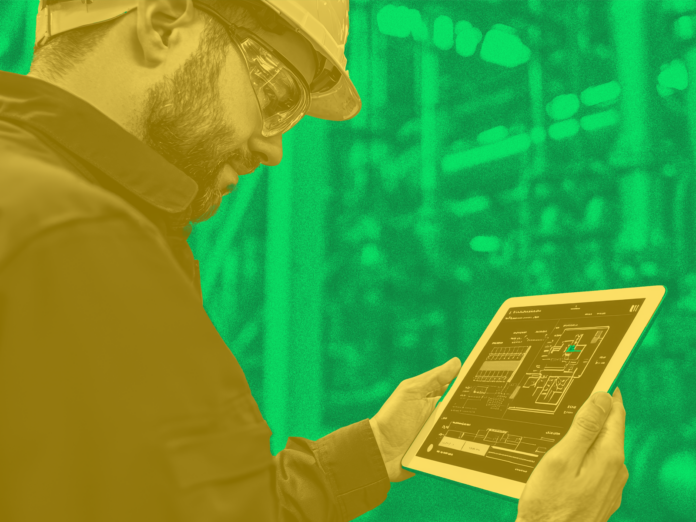
Criton Technology and Automation – October 2, 2024
Collected at: https://www.iotforall.com/revolutionizing-iot-energy-management-systems
In today’s rapidly evolving technological landscape, the Internet of Things (IoT) has emerged as a game-changer in various industries. One such transformative application is the IoT-based power monitoring system, which plays a pivotal role in revolutionizing the way we manage and optimize energy consumption and management. This article explores the key components, benefits, and challenges of implementing such systems.
Understanding IoT-Based Power Monitoring Systems
1. Sensors and Devices
At the heart of any IoT-based energy management system are sensors and devices that collect real-time data on energy usage. These sensors can be installed at various points within a facility, from individual appliances to entire electrical panels.
2. Connectivity
The collected data is then transmitted through secure communication protocols to a central server or cloud platform. This connectivity allows for remote monitoring and control, making it possible to manage energy consumption efficiently.
3. Cloud Computing and Analytics
The cloud plays a crucial role in processing and analyzing the vast amounts of data generated by IoT energy management systems. Advanced analytics tools help derive meaningful insights from the data, enabling businesses to make informed decisions about energy efficiency and cost savings.
A remote power monitoring system is designed to monitor and manage electrical power usage, quality, and distribution from a remote location. The features of such a system may vary depending on the specific requirements and the complexity of the application.
Features of IoT-Based Energy Management Systems
1. Real-Time Monitoring
Continuous monitoring of electrical parameters such as voltage, current, power factor, and energy consumption in real-time.
2. Data Logging
Recording and storing historical data for analysis, troubleshooting, and compliance reporting.
3. Alerts and Alarms
Automated alerts and alarms for abnormal conditions, power outages, voltage sags, or any other events that may impact power quality or system performance.
4. Remote Control
Capability to remotely control and operate certain devices or components, such as circuit breakers or switches, to optimize power usage or respond to issues.
5. Energy Consumption Analysis
Tools for analyzing energy consumption patterns, identifying energy-intensive devices, and optimizing energy usage for cost savings.
6. Power Quality Monitoring
Monitoring and analysis of power and energy quality parameters, including voltage harmonics, frequency variations, and waveform distortions to improve IoT management.
7. Load Balancing
Optimization of power distribution by balancing loads across different phases to prevent overloads and ensure efficient use of electrical infrastructure.
8. Remote Diagnostics
Remote diagnostic tools to identify and troubleshoot issues, reducing the need for on-site visits and minimizing downtime.
9. Reporting and Analytics
Generation of reports and analytics to provide insights into energy usage trends, power quality, and system performance over time to improve IoT energy management.
10. Integration with SCADA Systems
Integration with Supervisory Control and Data Acquisition (SCADA) systems for centralized monitoring and control of multiple sites or distributed power systems.
11. Security Measures
Implementation of robust security protocols to protect sensitive data and prevent unauthorized access or tampering.
12. Mobile Accessibility
Access to the monitoring system via mobile devices, allowing users to check on power conditions and receive alerts while on the go.
13. Remote Firmware Updates
Capability to remotely update firmware and software to ensure the system stays current with the latest features and security patches.
14. User-Friendly Interface
An intuitive and user-friendly interface that allows operators and administrators to easily navigate and interact with the system.
These features of IoT devices collectively contribute to the efficient management, optimization, and maintenance of electrical power systems and energy, especially in scenarios where remote monitoring and control are essential.
Conclusion
IoT-based energy management systems have the potential to revolutionize the way we manage and consume energy. By providing real-time insights, promoting energy efficiency, and enabling predictive maintenance, these systems empower businesses to make informed decisions that positively impact both their bottom line and the environment. As technology continues to advance, the integration of IoT in power management will likely become a standard practice, fostering a more sustainable and intelligent approach to energy consumption.

Leave a Reply